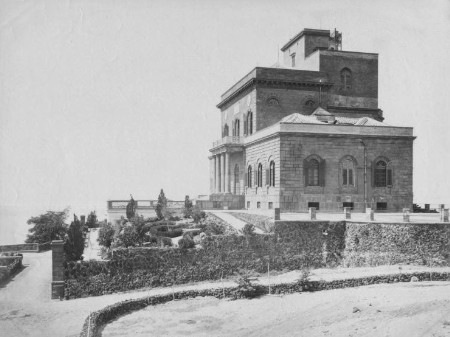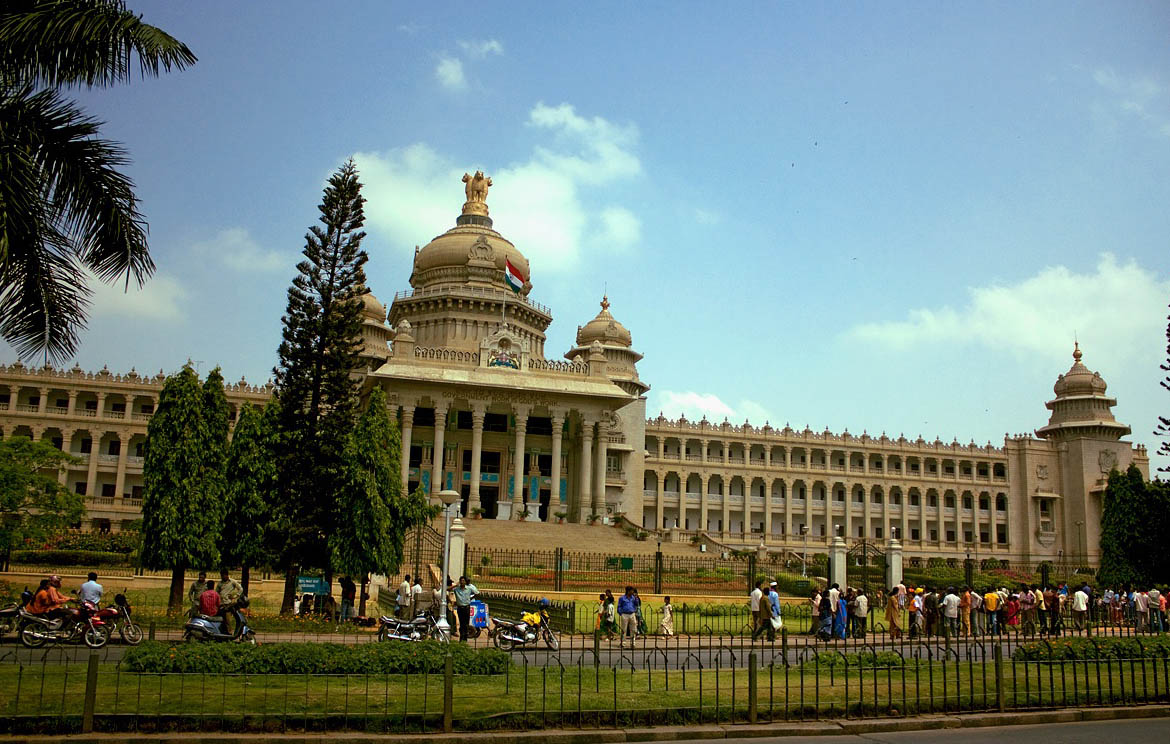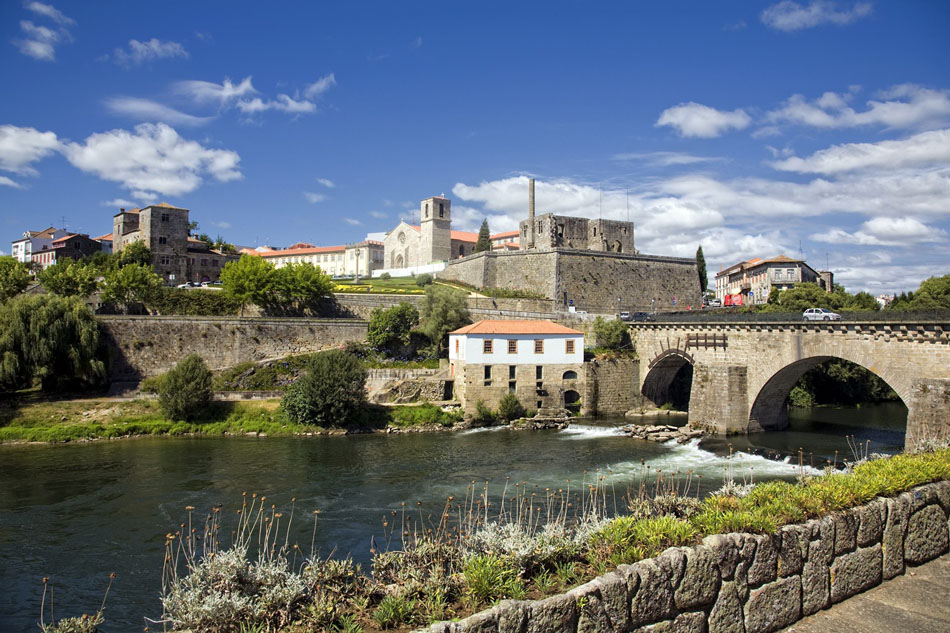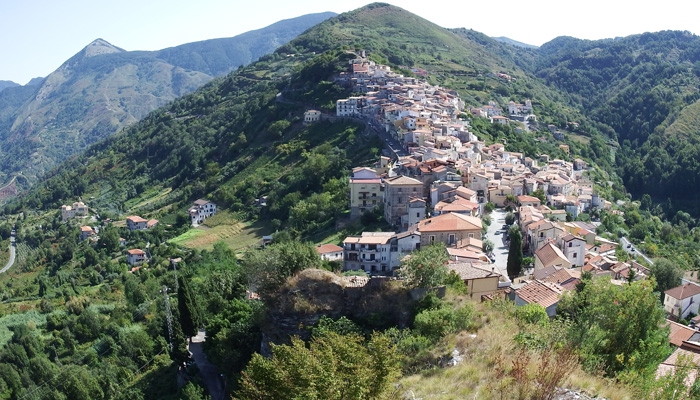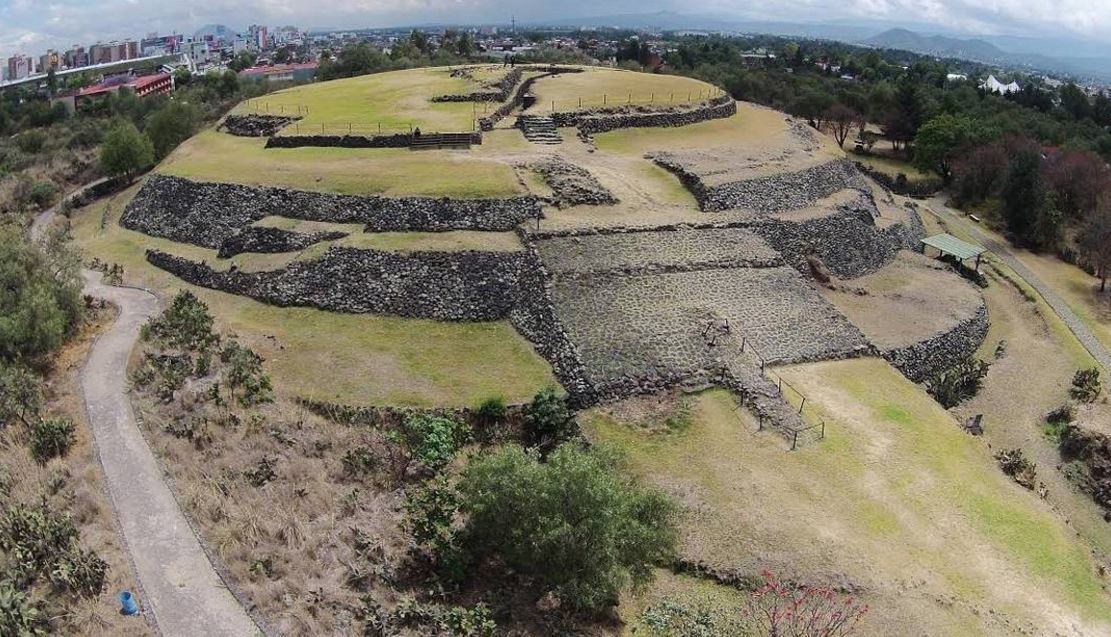The Vesuvius Observatory was built two kilometers away from the crater of Mount Vesuvius, during a historical period of enthusiasm for science in general and for studies of terrestrial magnetism in particular. The history of the observatory from then to the present has alternated between moments of splendor and periods of decline.
After five centuries of quiet, the devastating eruption of 1631 brought Vesuvius to an almost continuous state of activity that prompted as early as the end of the 17th century the demand for continuous monitoring of the phenomena to predict its behavior, an instance that was even promoted by King Charles of Bourbon. In 1767 Giovanni Maria della Torre carried out careful studies of magnetic declination, and by the first half of the 19th century Vesuvius was the most analyzed volcanic site in the world, capable of attracting scientists from all over the world, including Charles Babbage, who was interested in verifying his theories on heat conduction.The scientific academies in the early 19th century asked the various governments for the construction of a center where they could reside, and Ferdinand II of Bourbon, assisted by Minister Nicola Santangelo, granted the request, both of whom were supporters of the development of science and technology (the construction of the first Italian railway is enough). Physicist Macedonio Melloni was assigned in 1839 to found the Meteorological Observatory. It was the latter who purchased the magnetic and meteorological equipment for the chosen site, the Hill of the Savior, which met the three requirements demanded by Melloni: "freedom of the horizon, closeness of the clouds, distance from the surrounding lands."
On March 16, 1848, the observatory was finally handed over to Melloni, who, however, because of his liberal ideas, was discharged from his post after the uprisings of ’48. The interest of geophysicist Luigi Palmieri raised the fortunes of the Observatory, which in 1856 was completed with the construction of a meteorological turret. Palmieri made the first electromagnetic seismograph in history with which he verified the correspondence between volcanic and seismic processes. In 1862 Palmieri prepared a research program consisting of a network of stations surveying various parameters useful for being able to somehow anticipate volcanic activity; from that moment a modern method of investigation was born. There was no shortage of drama for the observatory and its hosts, as in 1872 it was surrounded by a wave of lava and was isolated for a few days.
Palmieri’s successor at the helm of the center was geologist Raffaele Matteucci, who occupied the front pages of the newspapers for a bitter controversy with Matilde Serao that was the result of a misunderstanding about Matteucci’s real intentions manifested during yet another eruption.The direction of the center, which was also considerably in a state of disrepair, was taken over by Giuseppe Mercalli, who tried to raise its status but his tragic death interrupted his work. During the war, the Allies requisitioned the center; since 1983, at the height of the Phlegraean bradyseism, the operational headquarters was moved to a public building in Naples, on Posillipo Hill. Today, the operational research and surveillance headquarters is in Naples, at 328 Via Diocleziano, while the historic site on Vesuvius houses a volcanological museum in which, among other things, ancient meteorological and geophysical instruments designed by the distinguished scientists who worked there for more than 150 years can be admired.
